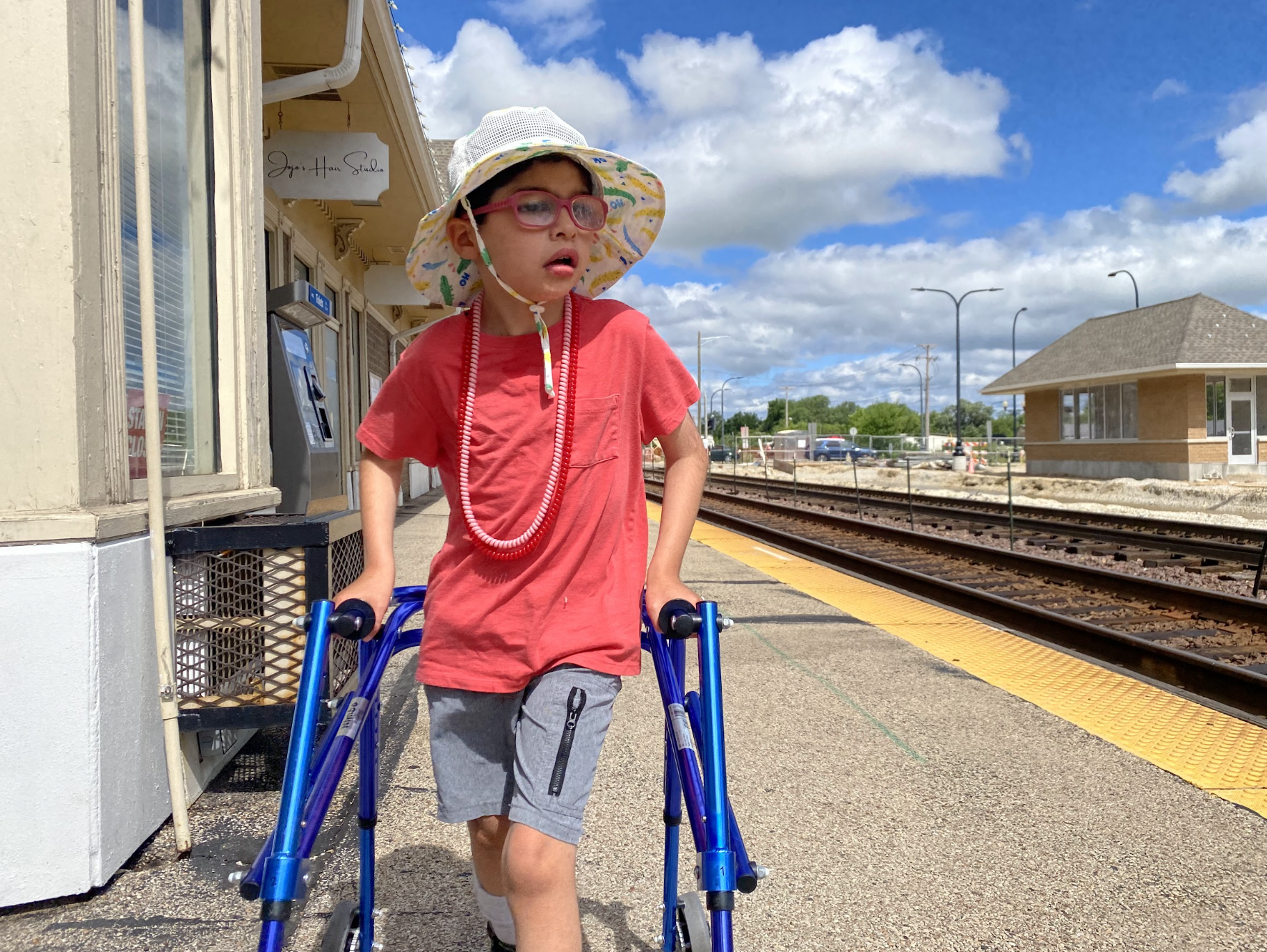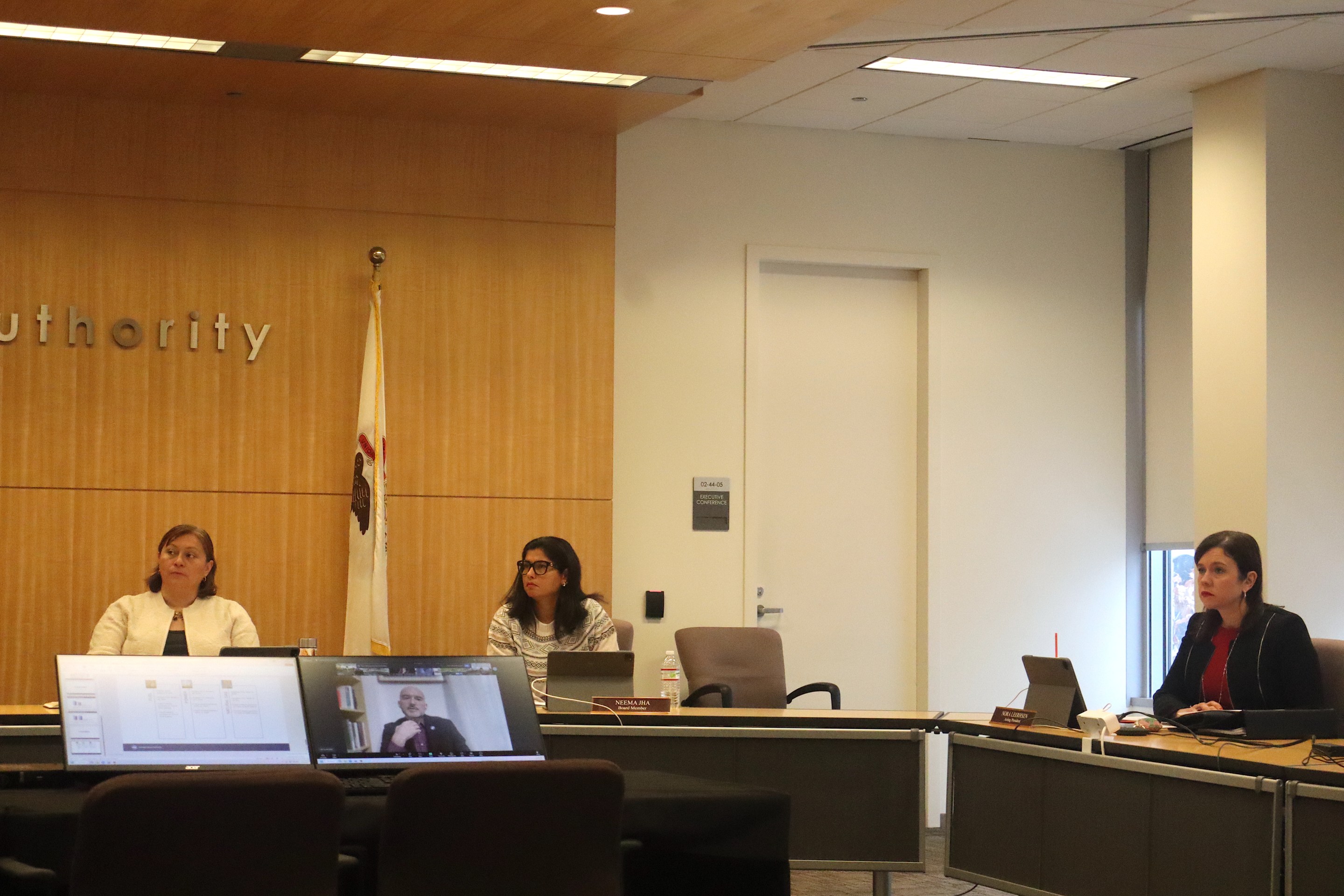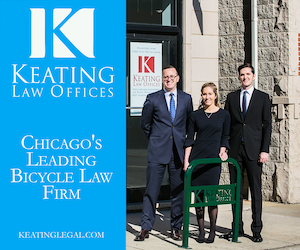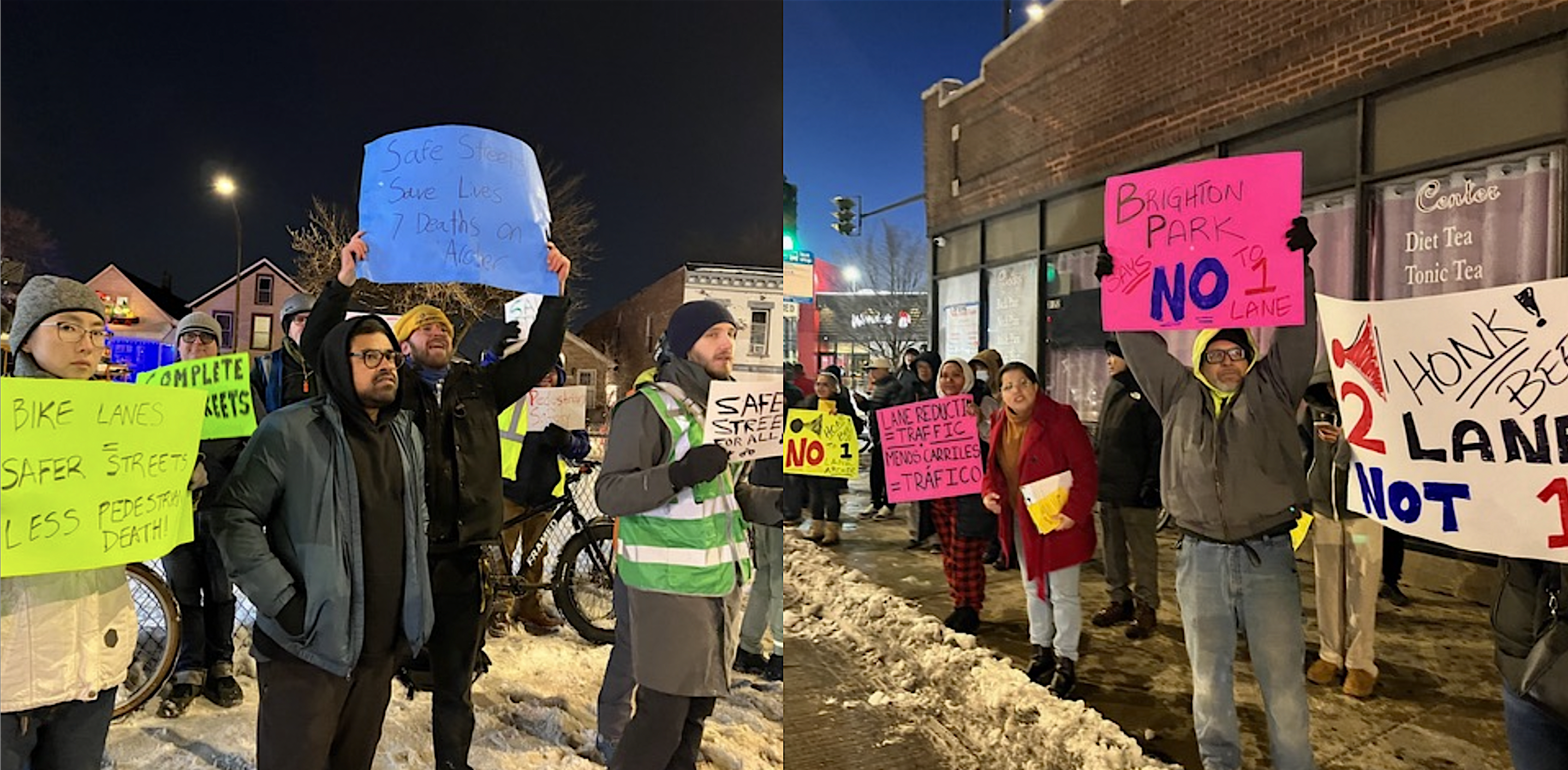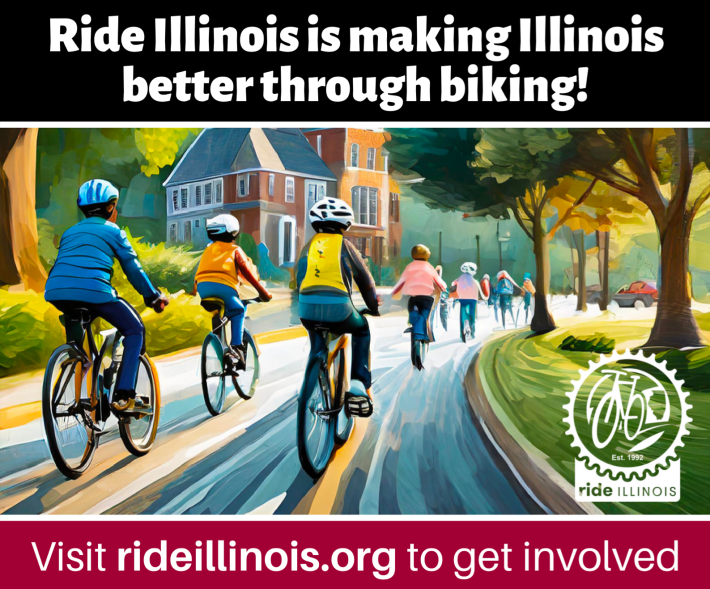
Metra is the Chicago region's commuter rail network, but it's not just for weekday work trips. The system allows residents to travel as far southwest as Manhattan, Illinois; as far northwest as Harvard; and as far north as Kenosha, Wisconsin. As a mother of a child with cerebral palsy and other disabilities, I’m always looking for outdoor spaces to explore that feature lots of sidewalks and other paved paths. And if I can get there via public transportation, so much the better!
According to the Accessibility page on Metra’s website, all 11 train lines are fully accessible in compliance with Americans With Disabilities Act requirements. However, while there are 185 fully accessible stations and 13 partially accessible stations, there are still 44 inaccessible stations. Currently the least accessible line is likely the Metra Electric line. It runs south from Millennium Station in downtown Chicago to University Park in Will County, with other branches going to the South Chicago neighborhood and southwest-suburban Blue Island.

"We are doing a major initiative on the Metra Electric line," said spokesperson Michael Gillis. "That line is elevated and the stations are located on a really narrow piece of real estate. So it’s always been very difficult to retrofit those stations to make them ADA accessible. But we did get a pretty significant infusion of funding from state and federal sources in recent years and we have started making those stations accessible."
The plan is to improve 13 of the ME line's 46 stations. "Three stations are currently under construction right now and then a fourth will start later this fall," Gillis said. "And all of those are not just due to accessibility. Although that is one of the goals, we’re doing full-bore renovations of these stations to make them more welcoming as well as more accessible."
As for the rest of the Metra system, maps that show which stations are accessible can be found on the Accessibility page, along with the All Aboard Metra Riders’ Guide for Customers with Disabilities. "The riders’ guide gives a bunch of information about how our trains and stations are accessible and then which stations on which lines are accessible," Gillis explained. The website’s search tool can also be used to find a specific station and see whether or not it’s accessible.
For Chicagoans looking to get out of the city, Gillis recommends going to Metra's Day Trips page to view suggested destinations that are easy to get to from commuter rail stations. Just keep in mind that three lines don’t operate on the weekends: Heritage Corridor, which runs between Union Station and Joliet; Southwest Service, which goes between Union Station and Manhattan; and North Central Service, which runs between Union Station and Antioch.
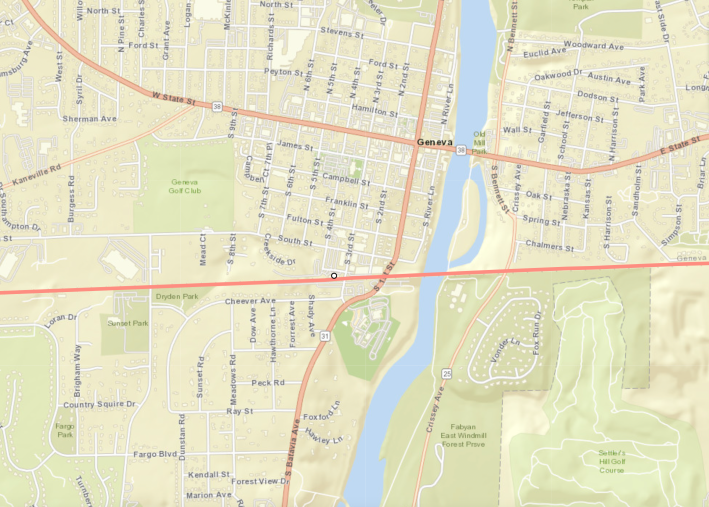
This past weekend, I visited Geneva with my son Stanley because we live off the Union Pacific West line, and it's where the route stops near the Fox River, with many points of interest. The Geneva station is located on the south end of the city’s historic downtown district and exits directly onto Third Street, which is lined with shops, restaurants, bars, and other businesses. The outbound platform of this station is currently under construction, so riders board on the inbound platform at the rear of the train.
We walked first down the west side of Third Street, passing the pizza place Cotto A Legna, the gift shop The Little Traveler, the bakery Eye Candy, and the live music venue Even Flow. At State Street, Geneva's main east-west street, we took a right and headed east toward the Fox River until we arrived at Mill Race Cyclery, 11 E. State St. The trip was a little under a mile.
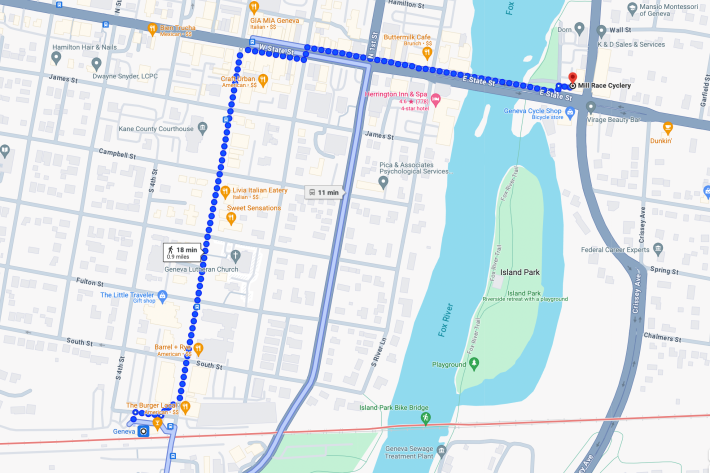
The origins of the store go back to when owner Bruce Heidlauf was a teen fixing neighbors' bikes in his family's garage. In the summer after his junior year in college, the management of the Mill Race Inn Restaurant invited him to open a bike rental shop in the back of their offices. The current, more spacious facility, was built in 1995. In addition to sales and repairs, the store rents comfort and electric bikes, as well as kayaks, canoe, and stand-up paddle boards. There's even an all-day cafe.
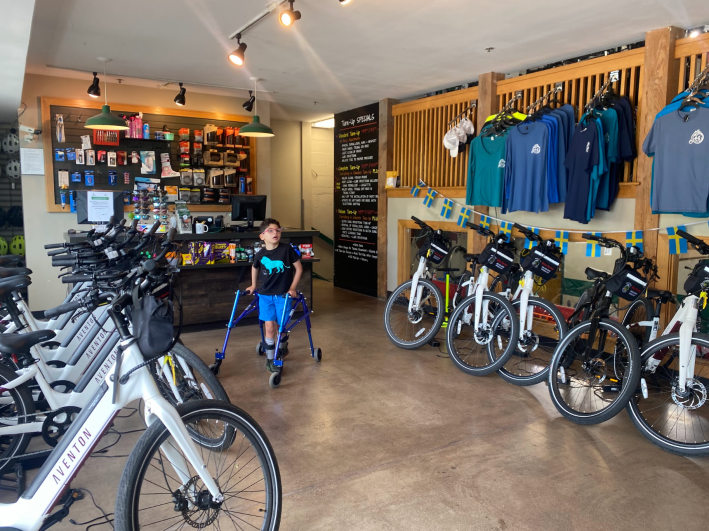
Bruce graciously agreed to loan us an electric bicycle with a trailer so we could take a ride south along the Fox River Trail for this article. I pedaled on the path along the east side of the river over to Island Park and continued past the pedestrian bridge that connects to South Street.
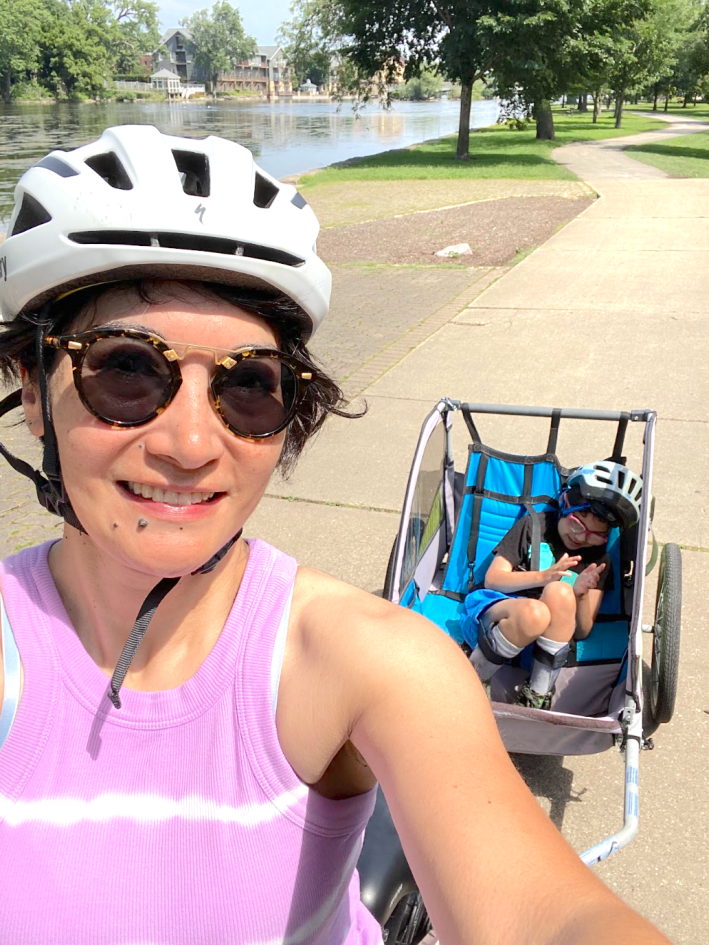
Amber and Stanley take an e-bike and trailer ride on the Fox River Trail. Photo: Amber Drea
It took me a minute to get used to the e-bike, but once I did, I loved that I could pedal or use the thumb throttle if I needed to take a break or go up an incline. Stanley enjoyed the ride too. We rode south of Geneva and then headed back to the shop, where Bruce invited us to come back to take a spin anytime.
Then we walked back up State Street towards the train station, which was a little more challenging than the walk there due to it being uphill. After that we walked down the east side of Third Street. On the way, we passed All Chocolate Kitchen, home to Chef Roby’s Enchanted Tree made from 1,200 pounds of milk, dark, and white chocolate.
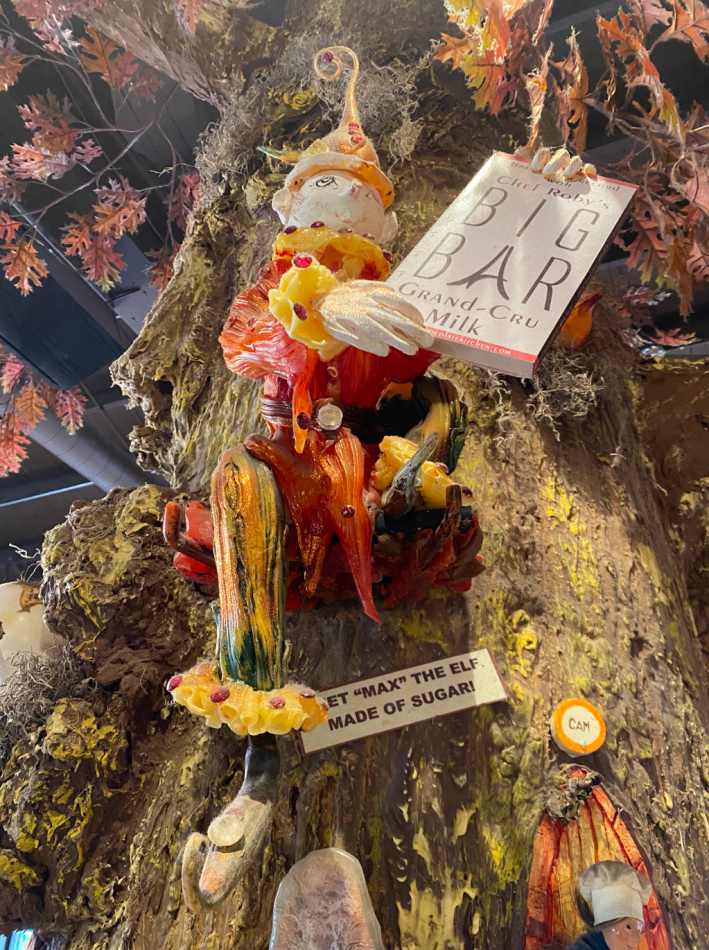
We also went by Harvey’s Tales bookstore and the Geneva History Museum, before stopping at Kilwin's for an ice cream cone. The shop is located in Dodson Place, which has a tunnel-like underpass that Stanley loved. He’s nonverbal but enjoys making vocalizations when he’s in a space that has great acoustics.
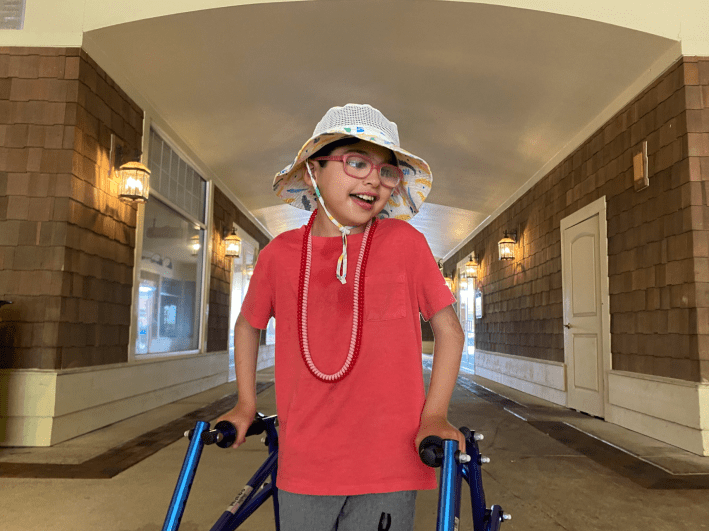
Overall, I give Geneva a walkability score of 4 out of 5 due to the steep inclines to and from the river and an accessibility score of 4.5 out of 5, mostly because of the station construction that limits the platform availability. And I’m looking forward to taking more day trips with Stanley this summer using Metra!

Did you appreciate this post? Please consider making a tax-deductible donation, to help keep Streetsblog Chicago's sustainable transportation news and advocacy articles paywall-free.
